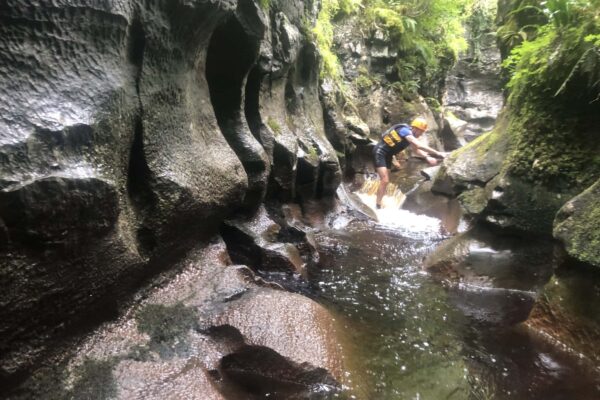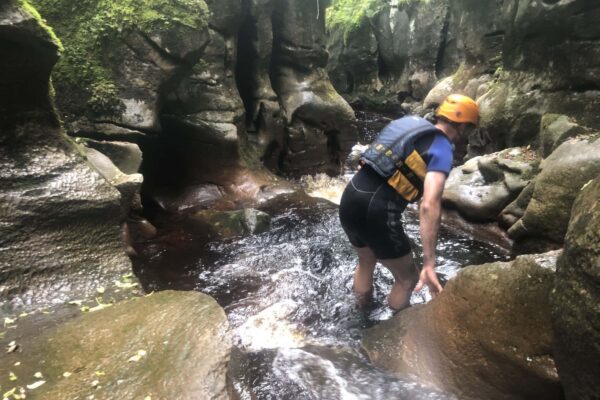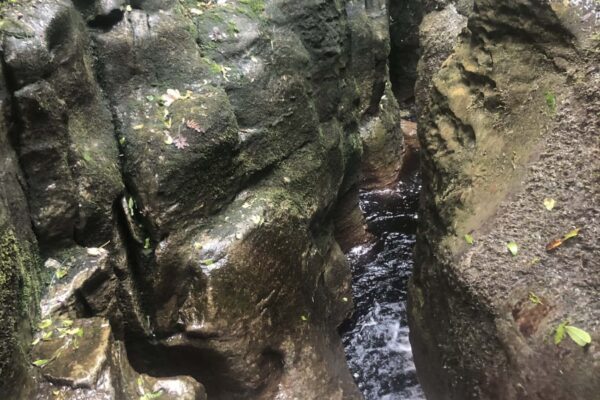Hell Gill – Yorkshire
Hell Gill
Located in the beautiful valley of Mallerstang – Hell Gill is a quiet ghyll and is definitely quieter than other more popular choice ghyll scrambles.
Because we walk up to this gill we will go from top to bottom like we would in a Canyon. Therefore this makes a nice round trip as once we have finished we will get changed and hike back to the cars.
Unique
Hell Gill is undeniably a truly unique experience. Over thousands of years, the limestone gill has been carved and worn away, thus resulting in some astonishing rock formations. But as we descend this gill, there’s an eerie yet captivating feel. The canyon stretches over 500 meters in length, therefore gives quite a long trip.
Hells Gill Yorkshire
Hidden amidst the picturesque back drop of the Yorkshire lies a gem of natural beauty: Hell Gill. Tucked away in the heart of the Yorkshire Dales National Park, Hell Gill offers a serene escape for nature lovers and thrill seekers alike. Despite its ominous name, this stunning locale promises not the fiery depths of the underworld, but rather the tranquility of rolling hills, cascading waterfalls, and lush greenery.
Nestled within the Howgill Fells, Hell Gill presents an inviting setting for outdoor exploration. Its name is derived from the Old Norse word “gill,” meaning a ravine or narrow valley, combined with “hell,” possibly referring to the challenging terrain or the tumultuous flow of its stream.



